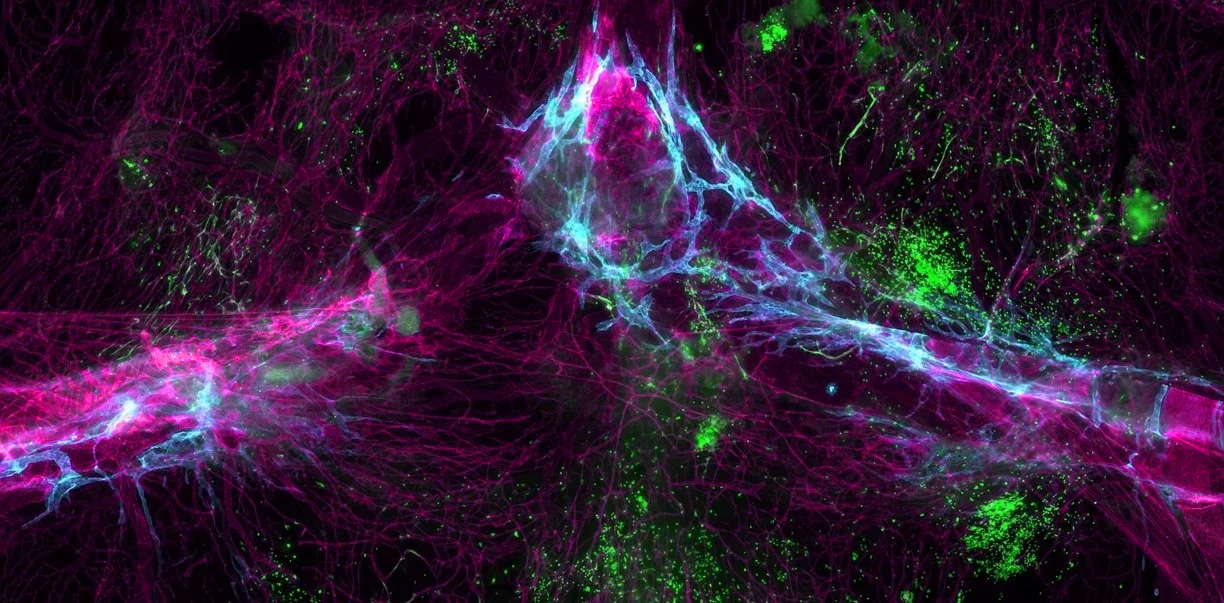Deteção e resposta a ameaças de identidade
Categorias
- Backup e recuperação do Active Diretory (62)
- Segurança do Active Diretory (214)
- Segurança AD 101 (17)
- Ferramentas comunitárias (19)
- Modernização de directórios (9)
- Da linha da frente (69)
- Proteção da identidade híbrida (68)
- Catálogo de ataques de identidade (29)
- Deteção e Resposta a Ameaças de Identidade (143)
- A nossa missão: Ser uma força para o bem (14)
- Purple Knight (5)
- Universidade Semperis (1)
- A perspetiva do CISO (16)
- Investigação sobre ameaças (68)

Explicação do Compromisso Microsoft Entra Connect
- Huy Kha | Arquiteto Sénior de Identidade e Segurança
- 28 de março de 2025
Em ambientes de identidade híbrida, os invasores que conseguem violar o Active Diretory local ou o Entra ID baseado em nuvem geralmente tentam expandir seu alcance em todo o ambiente de identidade. Se a sua infraestrutura de identidade inclui a Entra ID, certifique-se de que compreende como detetar e defender-se contra o comprometimento da Entra Connect. O que é...

Tirar partido do NIST CSF para a cibersegurança do sector público
- Edward Amoroso
- 18 de março de 2025
[Nota do editor: Este artigo é um post convidado do CEO e fundador da TAG, Ed Amoroso]. Os profissionais de cibersegurança que trabalham para agências federais nos Estados Unidos sabem que têm de aprender a descodificar vários acrónimos, como FedRAMP, FISMA, RMF, etc. Eles precisam fazer isso porque os padrões...

Explicação do reconhecimento LDAP
- Huy Kha | Arquiteto Sénior de Identidade e Segurança
- 06 de março de 2025
O reconhecimento do LDAP (Lightweight Diretory Access Protocol) é uma abordagem que permite aos atacantes descobrir detalhes valiosos sobre uma organização, tais como contas de utilizador, grupos, computadores e privilégios. Saiba como detetar o reconhecimento LDAP e como os ciberataques podem utilizar este método como parte de uma tentativa de comprometer o seu ambiente. O que...

Explicação do abuso da política de grupo
- Huy Kha | Arquiteto Sénior de Identidade e Segurança
- 27 de fevereiro de 2025
A Política de Grupo é uma funcionalidade chave de configuração e gestão de acesso no ecossistema Windows. A amplitude e o nível de controlo incorporados nos Objectos de Política de Grupo (GPOs) no Active Diretory tornam o abuso da Política de Grupo um método popular para os atacantes que pretendem estabelecer ou reforçar uma posição no seu ambiente. Aqui está...

Explicação da pulverização por palavra-passe
- Huy Kha | Arquiteto Sénior de Identidade e Segurança
- 22 de fevereiro de 2025
A pulverização de palavras-passe é uma das principais ameaças cibernéticas, mencionada no recente relatório das agências de cibersegurança da aliança Five Eyes. O que é a pulverização de palavras-passe, como é que os ciberataques a utilizaram no passado e como pode detetar e defender o seu ambiente híbrido do Active Diretory contra ataques de pulverização de palavras-passe? O que...

Explicação do ataque do Bilhete Dourado
- Huy Kha | Arquiteto Sénior de Identidade e Segurança
- 02 de fevereiro de 2025
Um ataque Golden Ticket ocorre quando um atacante falsifica um TGT (Ticket Granting Ticket) Kerberos para obter controlo total sobre um ambiente Active Diretory. Ao comprometer a conta KRBTGT, que assina todos os bilhetes Kerberos, o atacante pode criar bilhetes falsos para qualquer utilizador e obter acesso a qualquer recurso dentro do...

Como se defender contra ataques de bilhetes de prata
- Daniel Petri | Gestor de formação sénior
- 02 de fevereiro de 2025
No complexo mundo da cibersegurança, os ataques Golden Ticket e Silver Ticket destacam-se como dois métodos astutos que visam o sistema de autenticação Kerberos. Embora ambos os ataques explorem o mesmo sistema, as suas abordagens, objectivos e implicações são diferentes. Eis o que precisa de saber sobre os ataques Silver Ticket, incluindo as suas diferenças...

Explicação da delegação sem restrições
- Huy Kha | Arquiteto Sénior de Identidade e Segurança
- 26 de janeiro de 2025
As agências de cibersegurança da aliança Five Eyes, incluindo a CISA e a NSA, apelaram às organizações para que reforcem a segurança do Microsoft Active Diretory (AD), um alvo privilegiado dos ciberataques. O recente relatório da aliança destaca mais de uma dúzia de tácticas que os agentes de ameaças utilizam para explorar o AD. Entre essas técnicas comuns está...



